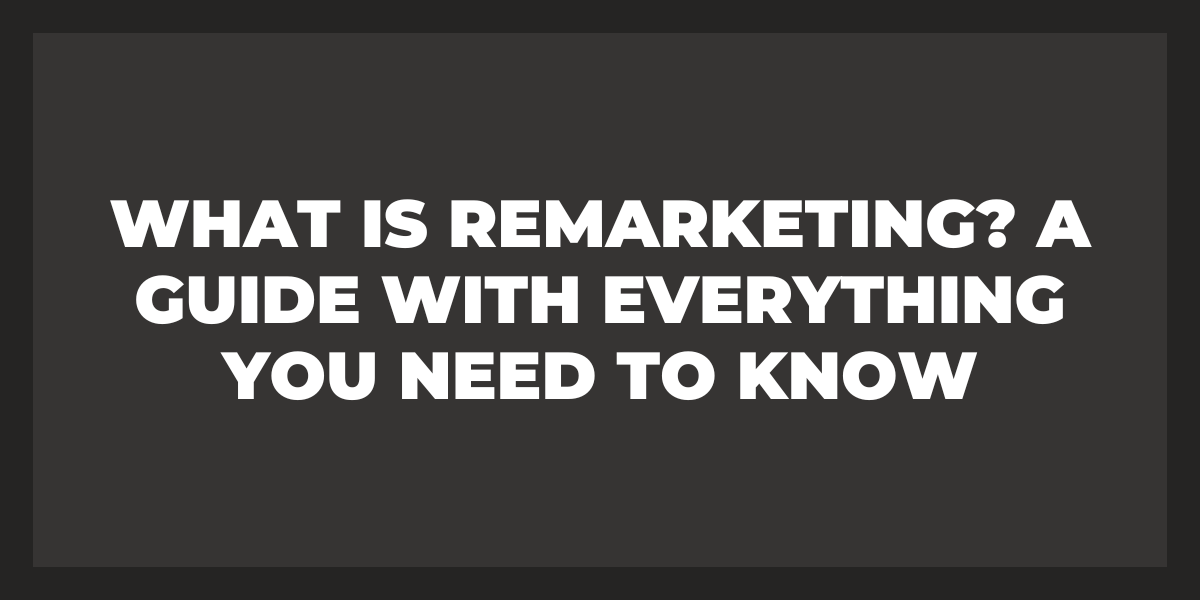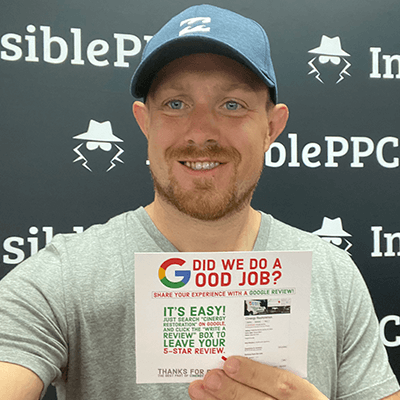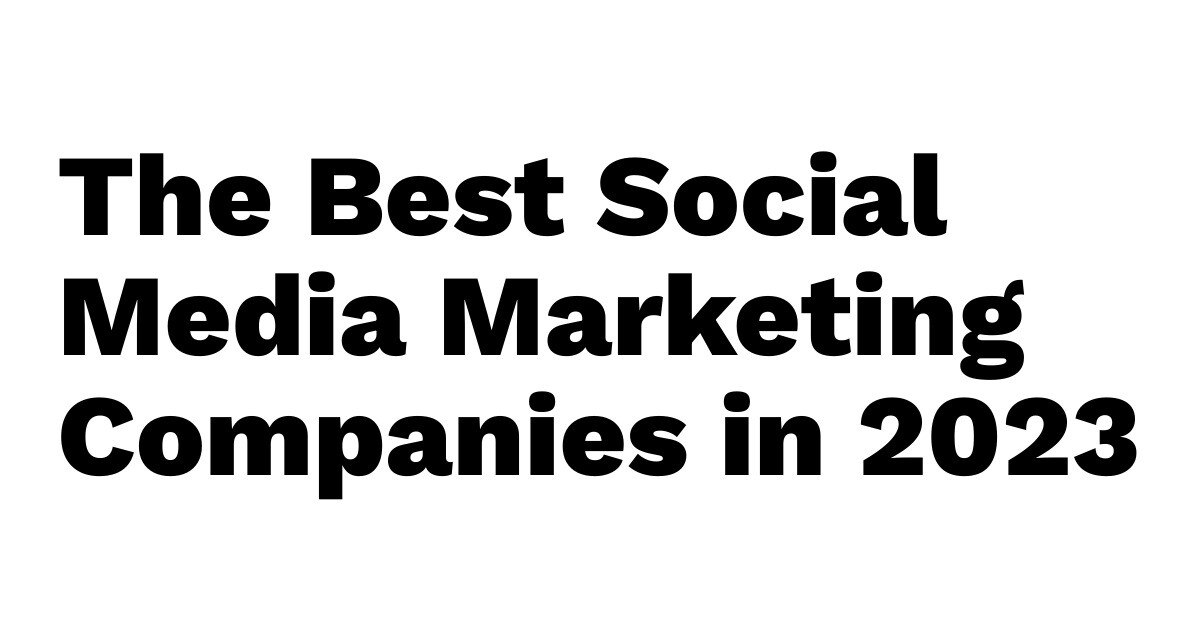Businesses use remarketing campaigns to display online advertisements to users who have previously accessed their website or mobile application.
Remarketing enables commercial entities to follow customers from website to website and offer goods and services in line with their requirements. This tactic assists them in maintaining contact with their intended audience.
Want to find out what remarketing is, how it works, and the benefits you can get from it? Keep reading!
What Is Remarketing?
Remarketing is a tactic used by marketers to re-engage customers who have previously expressed interest in their business but have not yet taken the necessary action.
You are continuously inundated with adverts for topics you don’t find interesting. A remarketing campaign aims to counteract this by substituting a relevant advertisement for a message you don’t care about.
Personalized advertisements are intended to be win-win situations for both the advertiser and the customer. As a consumer, you won’t be inundated with advertisements you don’t care about thanks to an ad that only reaches a specific target, while the company saves money by only contacting potential clients.
How Does Remarketing Work?
You receive cookies when you visit a website. These cookies provide information to marketers about the pages you visited, the products or services you looked at, the number of pages you looked at, the length of time you spent on the site, and a zillion other things. Your own identity is never used in this; rather, you are given a new “ID” to which we can market.
With dynamic remarketing, you display ads for services or goods that visitors to your website have already shown interest in. By encouraging past visitors to return and complete their buying journey, this personalized strategy can help you enhance conversion rates.
Types of Remarketing
Dynamic Retargeting
A more individualized type of retargeting called “dynamic remarketing” provides advertisements uniquely suited to each user. For instance, dynamic remarketing campaigns show advertising for the identical item a website visitor saw when looking through your catalog. That establishes a much more meaningful link to the interests of the customer.
Dynamic remarketing strengthens connections through the effects of hyper-personalization, whether you’re pursuing content marketing or hoping to increase sales of your e-commerce goods.
Standard Remarketing
The most popular method by which brands use remarketing is standard remarketing. Using traditional remarketing, you target users who have already visited your website with relevant adverts. These advertisements, which are often distributed through display networks, remind site visitors about your goods or services to entice them to come back.
Standard remarketing employs search engine data as well to show relevant or complimentary products to these users, greatly enhancing the persuasiveness and potency of your advertising.
Search Remarketing
Similar in function to display remarketing, search remarketing makes use of paid advertising on search engine results pages (SERPs) as opposed to display adverts. That function is commonly referred to as remarketing lists for search ads (RLSA) in Google advertising. It works by monitoring visits to particular pages on your website, just like display remarketing.
However, it shows ads to people based on their Google searches rather than through advertisements on unrelated websites.
Social Media Marketing
While traditional remarketing primarily targets previous site visitors, social media remarketing targets individuals who interact with you on social media. This retargeting encourages more people to watch and interact with your social material, which is helpful if you want to make a bigger splash on social media.
Video Remarketing
Simply said, it’s remarketing that uses video content. The most convenient platform for this kind of retargeting is often YouTube. You may set up your video advertisements in Google advertisements in the same manner that you set up your search or display ads. Your YouTube advertising will often start playing before or in the middle of other people’s videos.
These advertisements should be brief to prevent users from becoming annoyed or clicking “Skip Ad.” Users searching for other videos on YouTube may come across your advertisements and be reminded of their curiosity about your goods or services.
Email Remarketing
Email is a terrific non-paid advertising method of remarketing to people. You can use email marketing to send promotions and reminders to subscribers on your list. Set up brief forms on your website asking visitors to provide their email addresses in exchange for a newsletter or exclusive discounts to start growing an email list. After that, you can begin sending the material you promised to people on your list. Additionally, you can email website visitors who have abandoned their shopping carts, urging them to finish their transactions.
Benefits of Remarketing
Reconnect with Your Audience
Even if people are not actively searching for your brand or visiting your website, remarketing allows you to establish a stronger connection with your target audience. That helps increase brand awareness and ensure that your brand stays at the forefront of their minds when they make a purchase. However, it is important to determine the specific audience you want to retarget to foster and maintain a successful relationship with them.
Higher Return And Lower Cost Per Conversion
Using remarketing also provides the benefit of a reduced expense for each conversion, effectively increasing the return on investment.
This tactic for digital marketing is more cost-effective compared to traditional SEO approaches in terms of both expense per click and conversion. However, the success of this will depend on the level of competition within your specific industry.
Please take into consideration that some of your remarketing audience will come from your search campaigns. Keep this in mind before launching a remarketing campaign and ensure that your website receives decent traffic from other sources.
More Conversions
Many visitors to your website do not immediately purchase something after their initial visit. That is particularly true for complicated items like business software or expert consulting services. You can keep these potential customers interested in your brand and moving through your marketing funnel when you remarket to visitors to your website who fit your target population.
Better Relevancy of Ads
Remarketing gives marketers the flexibility to deliver advertising based on earlier activities, which is why it functions so well. For instance, if a visitor arrives on a specific product site, a remarketing advertisement for that particular product may be shown to that potential customer elsewhere on the web. A message tailored to people who visit your site can be presented in place of a general (non-specific) ad message using behavior segmentation.
Reduces Loss
Remarketing enables businesses to re-engage website visitors, one of its most notable characteristics. This element has two sub-facets: brand engagement and brand recall. Remarketing gives your company a second chance to convert a lead.
Remarketing can be a supplementary source of interest for a business when combined with SEO, social media recommendations, or traditional commercials. Reducing loss can be effective because you are stopping the loss of leads and because those who have already visited your website and returned can be more likely to convert.
Tips for Effective Remarketing
- Target people who abandoned their carts for new promotions: Remarketing advertisements are your hidden weapon if your product has a protracted buying cycle. Make sure to target these people for upcoming sales or new product releases. They’ve shown a clear interest in what you sell, but still need that extra push to make the buy.
- Segment your remarketing campaigns: Divide your remarketing campaigns to better address the desires and requirements of your target audience. How aggressive or nurturing your remarketing should be will depend on how long a visitor stays on your site, how many pages they view, and which pages they visit.
- Build your remarketing lists from anything: You only need to know the visitor’s email address and first and last name. Consider retargeting audiences who have completed lower-funnel actions, such as downloads on a certain page, based on your needs.
- Reduce your bid for visitors to the homepage and non-converting pages: Reduce your advertising budget for visitors who leave your homepage and other information pages after visiting them. You should still get a visitor back if they are still in the sales funnel’s “checking you out” stage. However, they typically don’t currently have a high value to your business.
FAQs
How Much Does Remarketing Cost?
Remarketing frequently uses the Cost-Per-Click (CPC), Cost-Per-Impression (CPI), and Cost-Per-Acquisition (CPA) models. As a result, you have the power to regulate your spending and modify your bids following the particular remarketing list or campaign by deciding the amount you are going to pay for each click, impression, or conversion.
Is Remarketing The Same As Retargeting?
Both remarketing and retargeting efforts target consumers who have previously interacted with your business to re-engage them and persuade them to make a purchase.
Retargeting campaigns use display ads to do this. Browser cookies are used by display advertising networks to collect information about user behavior, and users are subsequently shown ads depending on their browsing history. Remarketing programs use email marketing to do this.
What Does “Remarketing Pixel Tags” Mean?
Small pieces of code on a webpage known as pixel tags allow websites to read and write cookies. The connection that results may reveal details on the user’s IP address when they visited the pixel, and the sort of browser they were using.
The Wrap-Up
Remarketing aims to make customer and company interactions as simple and painless as feasible. Today, if you encounter a web advertisement and it has zero to do with you, someone is not performing their job properly. You can accomplish positive results with your KPIs with the appropriate targeting and budgeting.




















